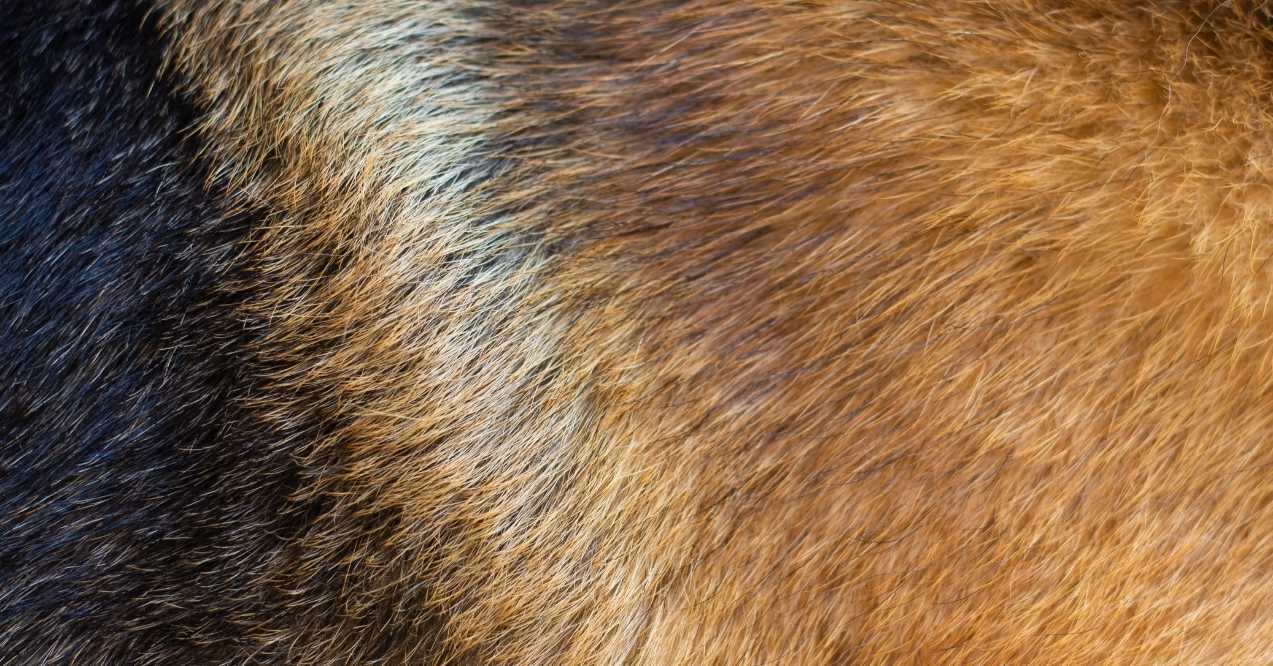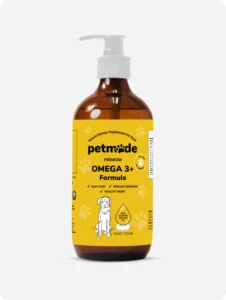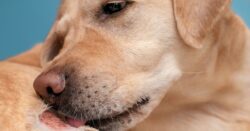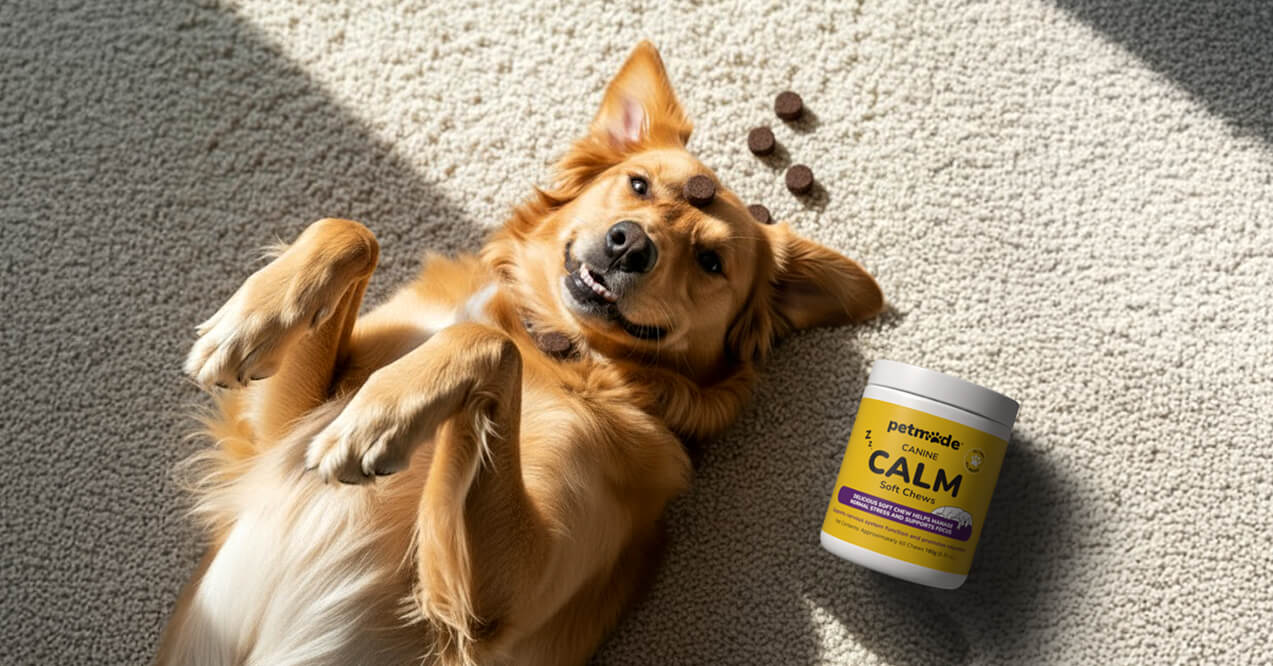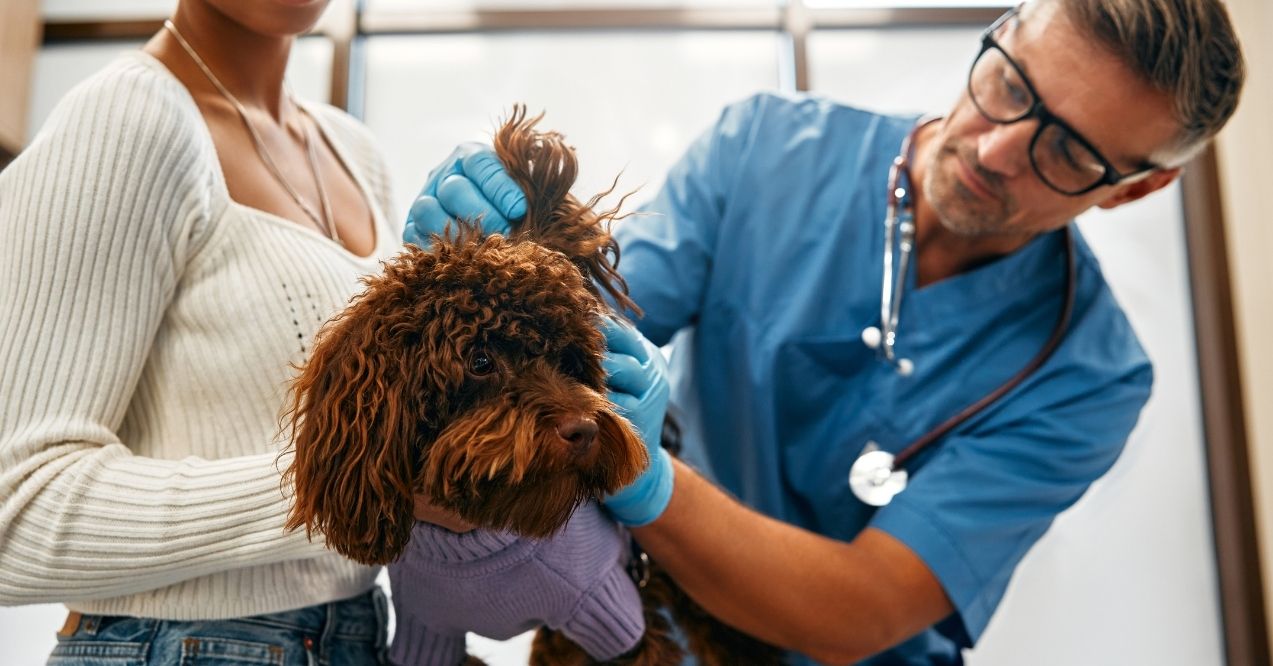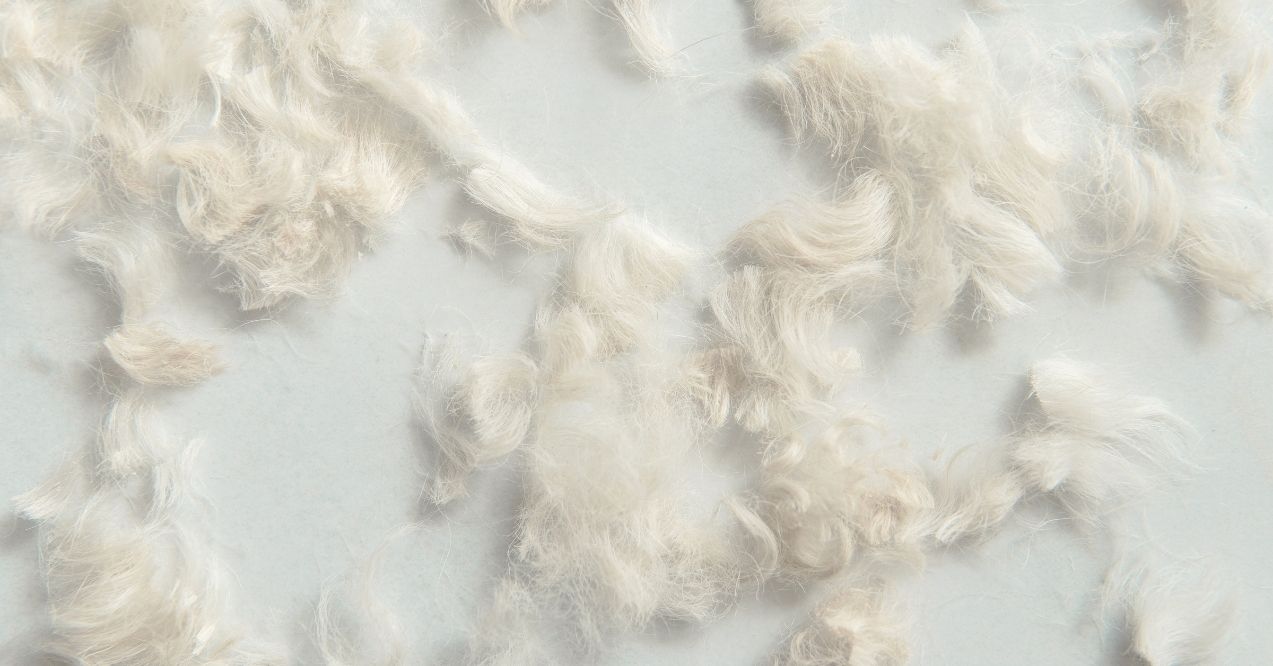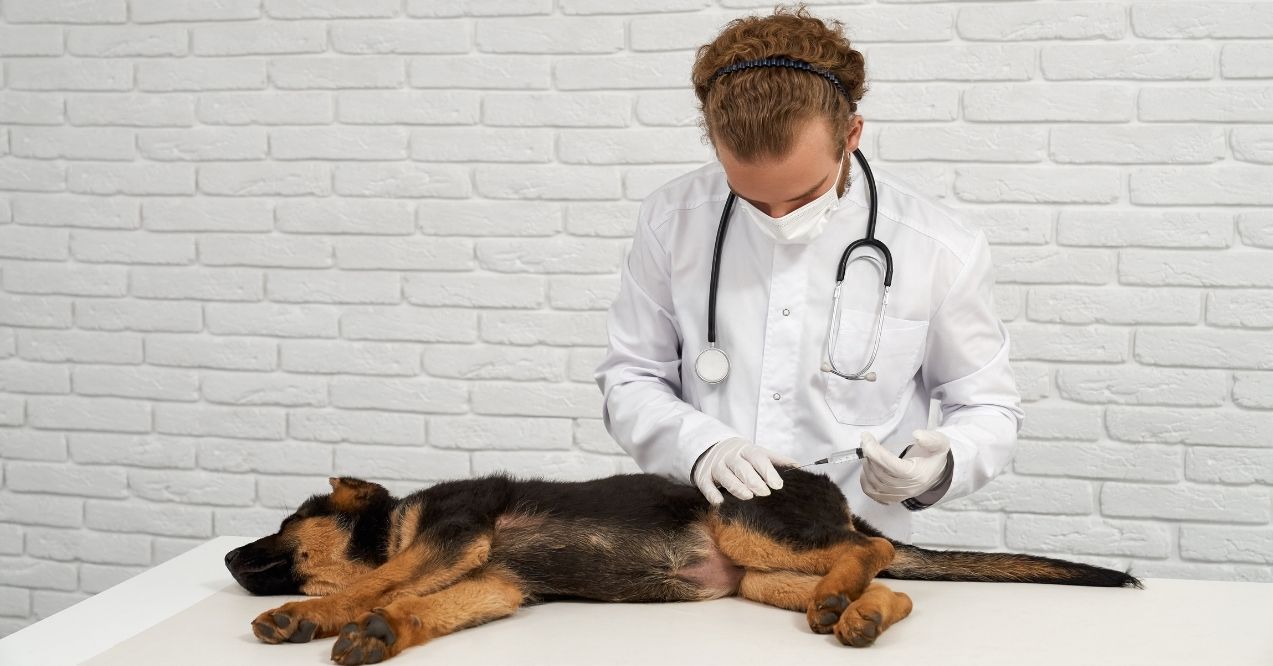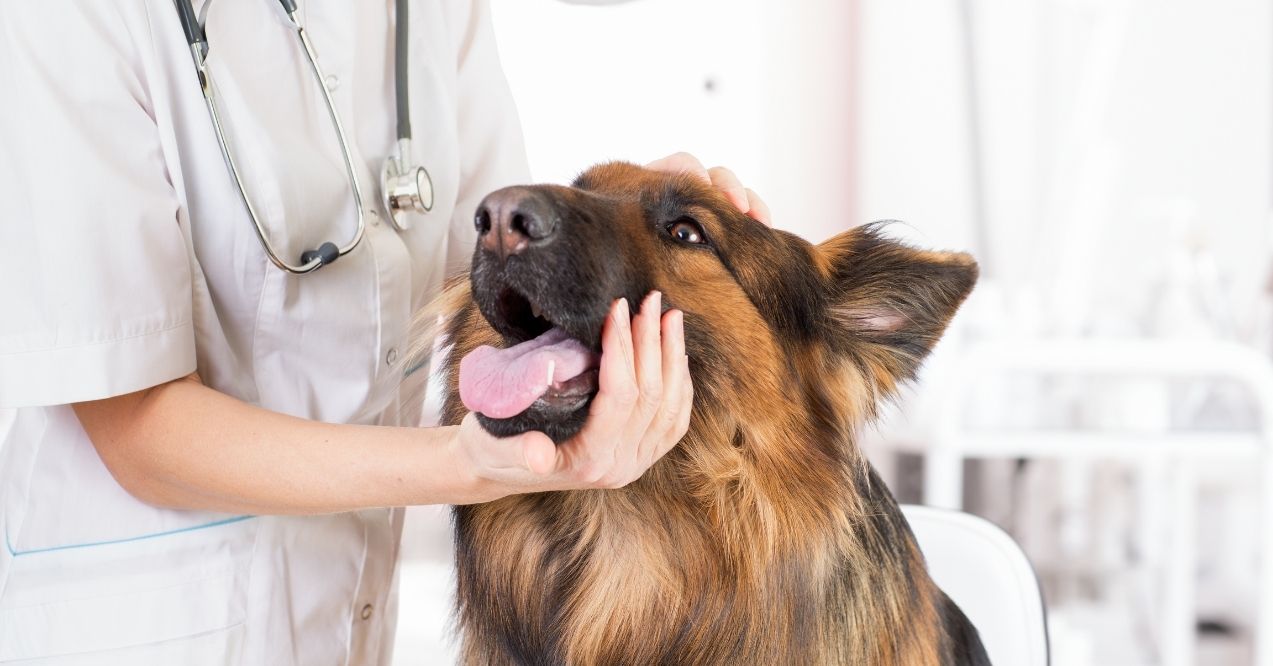7 German Shepherd Skin Issues
German Shepherds are remarkable dogs known for their intelligence, loyalty, and protective nature. However, German shepherd information reveals that these active dogs are particularly susceptible to certain skin conditions due to their genetics, coat structure, and energetic lifestyle. Their thick double coat, while beautiful and functional, can sometimes create an environment where skin problems develop more easily than in other breeds.
Therefore, this guide will walk you through seven common german shepherd skin issues, along with practical approaches and helpful tips that may support your dog’s skin health and overall comfort.
1. Hot Spots
Hot spots, also known as acute moist skin irritation, are localized areas that can develop suddenly on your German Shepherd’s skin. These uncomfortable patches appear as red, moist areas where the fur may become matted or fall out completely. You’ll often notice your dog excessively licking, scratching, or chewing at these spots, which can worsen the condition.
When wondering what to do about dog skin allergies like hot spots, consider these supportive approaches:
- Keep the affected area clean and dry
- Gently trim hair around the spot to improve air circulation
- Provide distractions to discourage excessive licking
- Ensure your dog is thoroughly dried after baths or swimming
2. Flea Allergy Dermatitis (FAD)
Flea allergy dermatitis is one of the most common German Shepherd skin conditions, where even a single flea bite can trigger an intense allergic reaction. This hypersensitivity causes your dog to experience severe itching, leading to excessive scratching and chewing that may create open sores and rashes across their body.
The reaction can persist long after the flea is gone, and repeated scratching may lead to secondary skin concerns. German Shepherds with this sensitivity often develop bumps, redness, and hair loss, particularly around the base of the tail, hind legs, and lower back.
Prevention focuses:
- Consistent flea control throughout the year and maintaining a clean living environment.
- Regular vacuuming, washing bedding in hot water, and
- Keeping your yard well-maintained
3. Dry Skin & Itchy Skin
German Shepherd dry skin is a common concern that often leads to persistent itching and discomfort for your furry companion. Several factors can contribute to this condition, including low humidity levels, nutritional gaps in their diet, or the use of harsh grooming products that may strip natural oils from their coat.
Signs of dry skin include flaky patches, dullness in the coat, and increased scratching or licking behaviors. You might notice small white flakes on your dog’s fur or furniture, similar to dandruff in humans.
Supporting your German Shepherd’s skin hydration can be approached through:
- Adding omega-3 supplements to their diet
- Using gentle, moisturizing shampoos designed for dogs
- Maintaining proper humidity levels in your home
- Ensuring adequate water intake throughout the day
4. Skin Fold Dermatitis
Skin fold dermatitis occurs when moisture, dirt, and debris become trapped in the natural creases and wrinkles around your German Shepherd’s face, neck, and other folded areas. These warm, moist environments can create conditions where skin irritation develops, leading to redness, odor, and discomfort.
Signs of unhealthy dog coat often include unusual odors or dampness in these fold areas, making regular attention essential for your German Shepherd’s comfort. The thick coat around these areas requires extra care to maintain proper skin health.
Daily maintenance can support healthy skin folds:
- Gently clean folds with a soft, dry cloth
- Ensure complete drying after cleaning or bathing
- Check folds regularly for any changes in appearance or smell
- Keep the areas free from food particles and debris
5. Pyoderma
Pyoderma is a bacterial skin condition that represents one of the more concerning GSD skin problems, often developing when underlying skin issues create favorable conditions for bacterial growth. This condition typically appears as red, irritated patches accompanied by pus-filled bumps and areas where hair has fallen out.
You may notice your German Shepherd developing circular bald patches with crusty edges, particularly on areas like the belly, chest, or legs. These spots can cause significant discomfort and may spread if not addressed promptly.
Supporting your dog’s comfort involves:
- Maintaining regular grooming routines to keep the coat clean
- Using gentle, dog-specific skin products
- Keeping affected areas dry and clean
- Monitoring for any changes in appearance or size
6. Seborrhea
Seborrhea is among the most common German Shepherd skin problems, characterized by an imbalance in the skin’s natural oil production. This condition can manifest in two ways: either as excessively dry, flaky skin similar to dandruff, or as greasy, oily patches that may develop an unpleasant odor.
German Shepherds with seborrhea often experience itching and discomfort, leading to increased scratching that may worsen the condition. The thick double coat can make this condition more noticeable and challenging to manage.
Managing seborrhea involves:
- Regular grooming to distribute natural oils evenly
- Using gentle, balancing shampoos designed for dogs
- Adding omega-3 supplements to support skin hydration
- Maintaining consistent bathing schedules without over-washing
7. Interdigital Cysts
Interdigital cysts are fluid-filled lumps that develop between your German Shepherd’s toes, representing a unique category of skin problems in German Shepherds. These cysts can cause significant discomfort, making walking painful and leading to limping or favoring one paw over another.
These formations often result from hair follicles becoming blocked or irritated between the toes, creating small, tender bumps that may appear red or swollen. German Shepherds’ active lifestyle and thick coat between their toes can contribute to this condition.
Supporting paw comfort includes:
- Conducting regular paw inspections to catch early signs
- Applying warm compresses to alleviate discomfort
- Gentle cleaning between toes during grooming
- Keeping paws dry after walks or baths
Preventing Skin Issues in German Shepherds
Proactive care is essential for maintaining your German Shepherd’s skin health and supporting their overall comfort. Many German Shepherd skin problems home remedies start with consistent daily practices that address potential issues before they develop.
- Regular Grooming – Brush your German Shepherd’s coat regularly to remove dirt, debris, and loose hair that can trap allergens against the skin. Use gentle, hypoallergenic shampoos during routine baths, but avoid over-bathing as this may dry out the skin.
- Moisture Control – Always dry your dog’s coat thoroughly after baths, swimming, or wet weather walks. Damp conditions can create environments where skin concerns develop more easily.
- Allergen Management – Keep your dog’s living area clean and dust-free to minimize environmental allergens. For dogs with food sensitivities, consider dietary adjustments to support overall skin comfort.
- Flea and Parasite Prevention – Maintain year-round flea control to keep your dog’s skin free from irritation that can trigger German Shepherd itchy skin and related discomfort.
- Nutrition and Hydration – Provide a balanced diet rich in omega-3 fatty acids and ensure fresh water is always available to support natural skin functions.
- Home Environment – Use air purifiers to reduce indoor allergens and maintain moderate temperatures to support healthy skin balance.
Conclusion
German Shepherds may experience various skin concerns due to their unique coat structure and active lifestyle. Understanding these seven common skin issues – from hot spots to interdigital cysts – empowers you to provide better care for your furry companion. Through consistent grooming, proper nutrition, and environmental management, you can support your German Shepherd’s skin health and overall comfort for years to come.
Support your German Shepherd’s dry skin by adding omega-3 supplements to their diet, using gentle moisturizing shampoos, maintaining proper humidity levels at home, and ensuring adequate water intake. Regular brushing helps distribute natural oils throughout their coat, promoting healthier skin balance.
German Shepherd itchy skin can result from various factors including dry skin, flea allergies, environmental allergens like pollen or dust mites, food sensitivities, or skin fold irritation. Their thick double coat can trap moisture and debris, creating conditions that contribute to discomfort and scratching behaviors.
Watch for signs like red, irritated patches, unusual odors, pus-filled bumps, excessive scratching or licking, hair loss in specific areas, or changes in skin texture. If you notice persistent symptoms, swelling, or areas that appear increasingly uncomfortable, consult a professional for proper evaluation.
Yes, allergies frequently contribute to German Shepherd skin problems. Food sensitivities, environmental allergens like pollen or dust mites, and flea allergies can all trigger skin reactions including itching, redness, hot spots, and excessive scratching that may lead to secondary skin concerns requiring supportive care.
Advertisement. This site offers health, wellness, fitness and nutritional information and is designed for educational purposes only. You should not rely on this information as a substitute for, nor does it replace, professional medical advice, diagnosis, or treatment. If you have any concerns or questions about your health, you should always consult with a physician or other health-care professional. Do not disregard, avoid or delay obtaining medical or health related advice from your health-care professional because of something you may have read on this site. The use of any information provided on this site is solely at your own risk.
